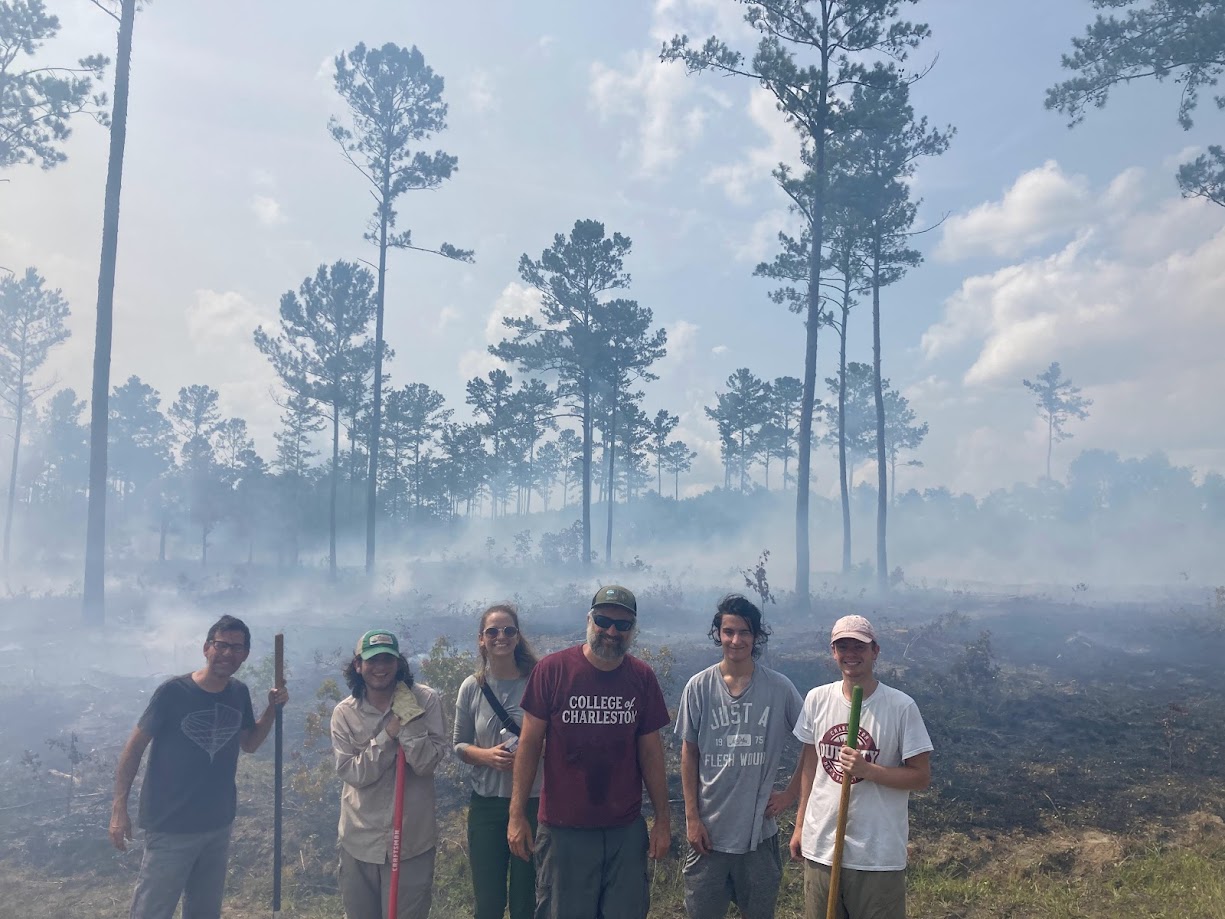 Disturbance can reduce the competitive dominance of certain species, and
land-mangers are increasingly using disturbance as a tool to promote diversity
using heterogeneous disturbance regimes. We tested the efficacy of using
heterogeneous fire regimes to promote diversity in tallgrass prairie ecosystems,
and we found that contrary to current theory soil and climatic variation trumped
grassland plant responses to prescribed fire (McGlinn et al. 2010, McGlinn &
Palmer 2019). Our findings indicate that fine-tuning management using fire in
these systems may not be necessary.
Disturbance can reduce the competitive dominance of certain species, and
land-mangers are increasingly using disturbance as a tool to promote diversity
using heterogeneous disturbance regimes. We tested the efficacy of using
heterogeneous fire regimes to promote diversity in tallgrass prairie ecosystems,
and we found that contrary to current theory soil and climatic variation trumped
grassland plant responses to prescribed fire (McGlinn et al. 2010, McGlinn &
Palmer 2019). Our findings indicate that fine-tuning management using fire in
these systems may not be necessary.
Currently, the lab is continuing to pursue the role of fire in long-leaf pine forests for understanding how to best manage geographically isolated wetlands (Barratt Heitmann et al. 2025, Barnes et al. in prep.). We have successfully restablished a population of an endangered fire dependent plant species Canby’s dropwort.
We have studied the role of disturbance in other systems (e.g., microbes, birds) as well (Mirza et al. 2017, Archibald et al. 2018, McGlinn et al. 2010).